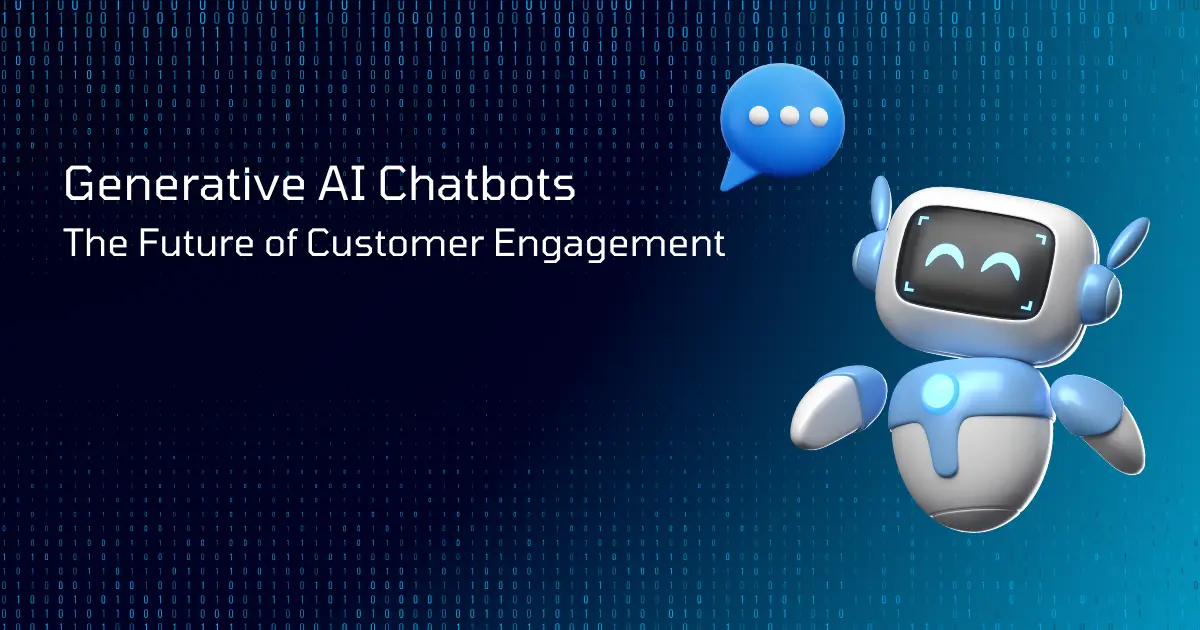Chatbots in Indian E-commerce: Trends and Tools Shaping the Future of Customer Engagement
India’s e-commerce landscape is undergoing a digital revolution, with increasing internet penetration, affordable smartphones, and the proliferation of digital payment options fueling its rapid expansion. In 2025, the Indian e-commerce market is projected to surpass $200 billion in value. Amidst this surge, chatbots are playing a crucial role in reshaping customer experience and automating service delivery. From real-time customer support to AI-driven product recommendations, chatbots are becoming an indispensable asset for e-commerce businesses in India.
This blog explores the rise of chatbots in Indian e-commerce, current trends, popular tools, and how platforms like India-Agent.com can help global businesses tap into the local market using chatbot technologies.
Why Chatbots Are Taking Off in Indian E-commerce
India’s digital population, which includes over 750 million internet users, has high expectations when it comes to service speed, multilingual support, and 24/7 availability. Traditional customer service models often struggle to meet these expectations efficiently and affordably. Enter chatbots—AI-powered assistants capable of handling thousands of customer queries in real time.
Key reasons why chatbots are booming in India’s e-commerce ecosystem:
-
Cost-Effective Scaling: Chatbots reduce the need for large customer support teams while offering consistent service across time zones.
-
24/7 Customer Engagement: Bots enable always-on interactions, particularly useful for flash sales or festival seasons like Diwali and Holi.
-
Multilingual Capability: India’s linguistic diversity is vast. Chatbots with regional language support (Hindi, Tamil, Bengali, etc.) offer a major competitive edge.
-
Seamless Integration: Bots can be easily integrated into WhatsApp, Facebook Messenger, websites, and mobile apps—platforms where Indian consumers already spend their time.
Top Trends in Chatbot Use in Indian E-commerce
1. WhatsApp Commerce & Chatbots
With over 500 million Indian users, WhatsApp has become a key platform for e-commerce. Businesses are integrating WhatsApp chatbots to send order confirmations, updates, personalized offers, and answer queries. Tools like WATI and Gupshup are leading in this space, offering powerful WhatsApp API integrations tailored for Indian businesses.
2. Voice-Enabled Bots for Tier 2 and Tier 3 Markets
Voice search and commands are increasingly popular in regional India, where literacy and typing speed may be barriers. Companies are investing in voice-first chatbots to interact with customers in vernacular languages. Platforms like Yellow.ai and Haptik support this trend with multilingual, voice-enabled interfaces.
3. AI-Powered Personalization
Advanced chatbots now go beyond answering FAQs. They recommend products based on user behavior, browsing history, and preferences using machine learning algorithms. This level of personalization boosts conversion rates significantly.
4. Cart Recovery and Re-engagement
Abandoned cart recovery via chatbot-triggered reminders, special discounts, or personalized offers is a growing tactic. These bots help bring back potential buyers by re-engaging them through platforms like Messenger or SMS.
5. Post-Sales Support Automation
From tracking orders to handling return requests, e-commerce companies are automating post-sales support with chatbots. This reduces wait times and builds customer trust and loyalty.
Popular Chatbot Tools Used in India
Several local and international chatbot platforms cater to Indian e-commerce needs:
-
Haptik – A Reliance-backed platform offering robust AI-powered chatbots with multilingual support.
-
Yellow.ai – Specializes in customer and employee automation, popular for its natural language processing and voice capabilities.
-
Gupshup – Focuses on conversational messaging, especially strong in WhatsApp chatbot solutions.
-
TARS – Known for no-code chatbot builders, widely used by SMEs and local retailers.
-
WATI – Tailored for WhatsApp Business APIs, widely adopted by D2C and SME brands in India.
How E-commerce Brands Are Benefiting
-
Nykaa
India’s beauty e-commerce leader uses chatbots for personalized beauty recommendations, order tracking, and real-time product discovery on both website and WhatsApp. -
JioMart
Reliance’s JioMart uses WhatsApp chatbots for the entire shopping journey—from product catalog browsing to order placement and delivery tracking. -
Bigbasket
Uses bots to update customers on order statuses, resolve delivery issues, and handle feedback—all without human intervention.
Challenges in Adopting Chatbots in India
-
Language and Dialect Diversity: While many platforms offer multilingual support, the nuances of regional dialects can be complex to manage.
-
User Trust: Some users, especially older demographics, prefer human interaction and may find bots less trustworthy.
-
Bot Limitations: Without proper training, bots may fail to understand context or offer the wrong responses, damaging the customer experience.
How India-Agent.com Supports Chatbot Integration for Global Brands
If you’re a global brand entering the Indian market, India-Agent.com can be your strategic partner in navigating digital transformation. From selecting the right chatbot tool to localizing your bot’s language and tone, India-Agent.com ensures:
-
Integration with leading platforms like Shopify, WooCommerce, and Magento
-
Compliance with Indian data privacy laws
-
Cultural and linguistic localization
-
End-to-end chatbot testing and deployment
-
Ongoing performance monitoring and optimization
Conclusion
Chatbots are no longer just a trend—they’re a strategic necessity in Indian e-commerce. As brands compete for attention in a highly digital, mobile-first consumer environment, chatbots offer an efficient, scalable, and cost-effective way to drive engagement, retention, and revenue. By leveraging the right tools and local expertise from platforms like India-Agent.com, businesses can unlock the full potential of conversational commerce in India’s booming digital marketplace.
